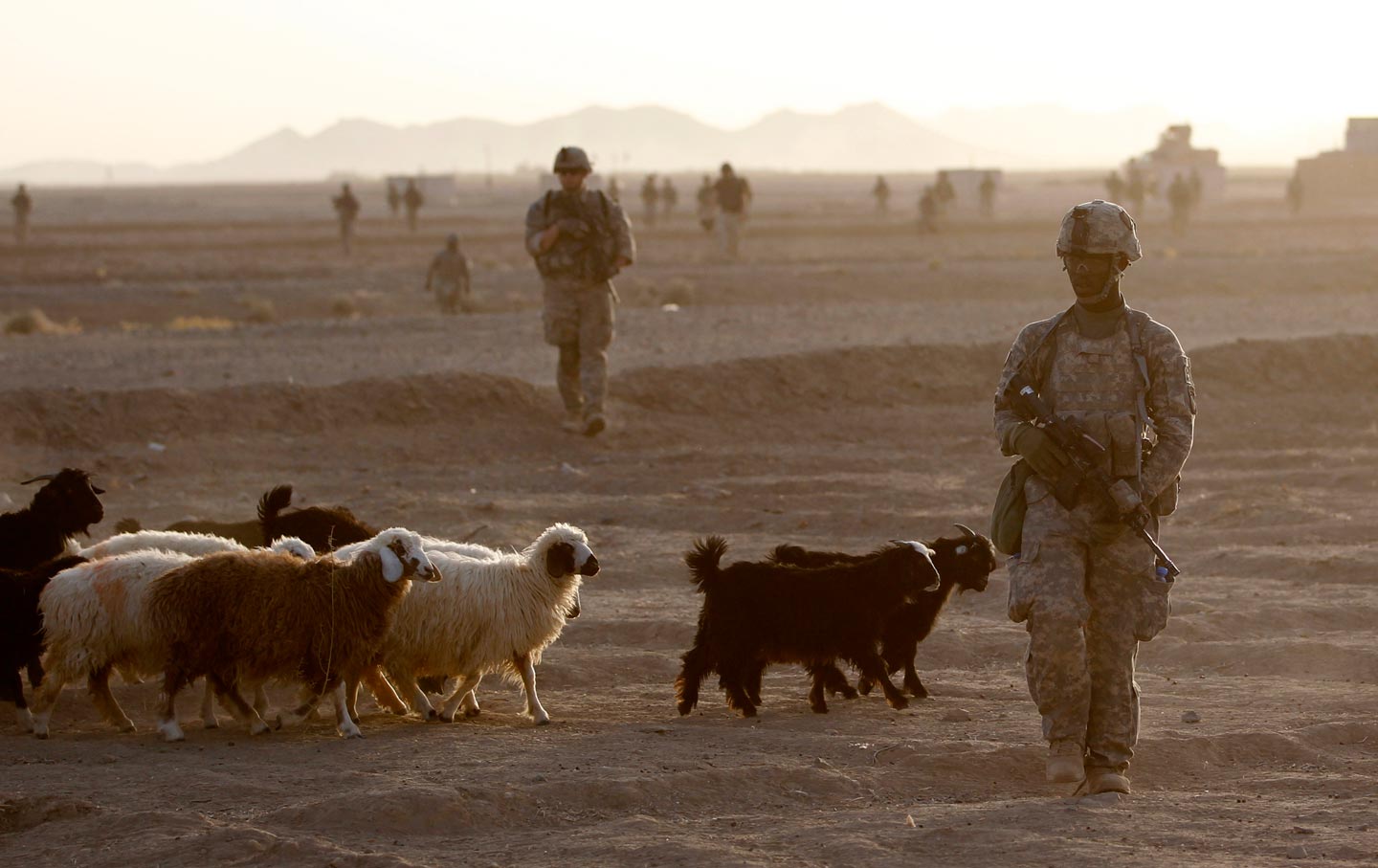
- ARAB NEWS
- 19 Apr 2024

Abdulrahman Al-Rashed
There are no beautiful wars in the world; all are ugly. But there are wars of necessity, and the war in Yemen is one of them, both for Yemenis and Saudis. The war there is not one of choice. Militants on the Saudi border, armed with ballistic missiles, are capable of reaching the Kingdom’s main cities and beyond the capital Riyadh.
But why the comparison between Yemen and Afghanistan? Well, the two wars, though different in historical roots and political motives, are similar in geography, circumstances and ongoing challenges.
Has the war in Yemen been going on for too long? Yes, but wars do not have a specific duration. The US entered Afghanistan in 2001 and has been fighting there ever since. Saudi Arabia has been in Yemen since 2015. Taliban militants in Afghanistan are like the Houthis of Yemen. The Taliban are Sunni extremists and the Houthis are Shiite extremists. Both have a political agenda with an extremist religious discourse.
The battlefields in both countries are also similar, given their rugged mountainous terrain, and the tough lives and poverty of their peoples.
The alternative options for both wars are very limited too. A withdrawal from Afghanistan will lead to the seizure of the entire country by the Taliban and other armed groups. This is why Washington fears that if it withdraws, the situation in Afghanistan will go back to how it was before American troops arrived.
“For Saudi Arabia, withdrawal is dangerous because Yemen may become a satellite state loyal to Iran on the Kingdom’s southern border.”
Abdulrahman Al-Rashed
These troops were deployed in the course of the US war against Al-Qaeda and its ally the Taliban after the Sept. 11 attacks. Still, the US — as a superpower in the western hemisphere, 11,000 km from Afghanistan — is capable of waging war on its enemy in Afghanistan from afar.
But for Saudi Arabia, withdrawal is dangerous because Yemen may become a satellite state loyal to Iran on the Kingdom’s southern border, which would pose a direct threat. A Saudi withdrawal may also lead to the destruction of what remains of Yemen, and drive the country into a wider tribal civil war, causing greater hardships for the Yemeni people.
US forces leading the coalition in Afghanistan have 16,000 troops, twice the number of Saudi forces in Yemen. The cost of the war in Afghanistan is $45 billion, four times that of the conflict in Yemen. The war in Afghanistan has been ongoing for 18 years, compared to four years in Yemen.
The US has conducted rounds of direct and indirect talks with the Taliban, but has failed to find acceptable solutions. Attempts to resolve the conflict in Yemen have not fared much better, although the door was and remains open to the Houthis to participate in a national government and have seats in Parliament.
But the Houthis are in a more difficult position than the Taliban because the former are an Iran-affiliated extremist militant group, similar to the Lebanese Hezbollah, and Tehran is the real decision-maker.
The war in Yemen is not an exceptional case. Like all conflicts, its dynamics may change for internal or external reasons.
Abdulrahman Al-Rashed is a veteran columnist. He is the former general manager of Al Arabiya news channel, and former editor-in-chief of Asharq Al-Awsat. Twitter: @aalrashed